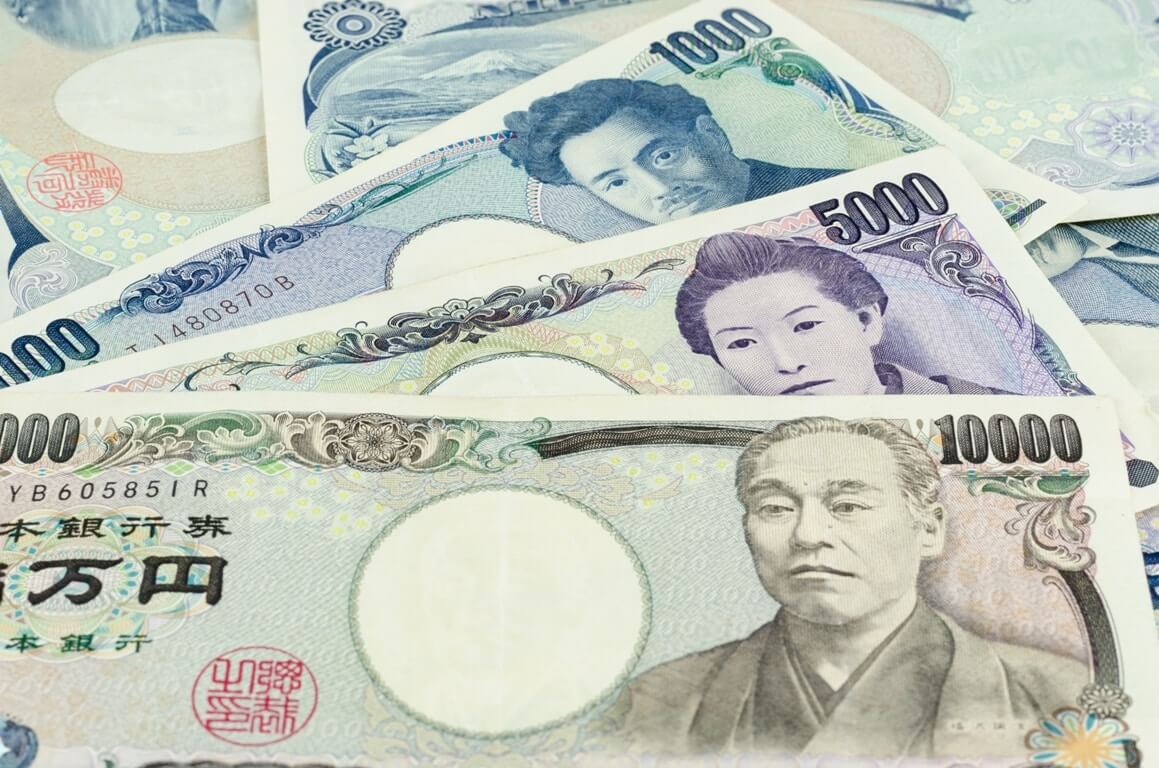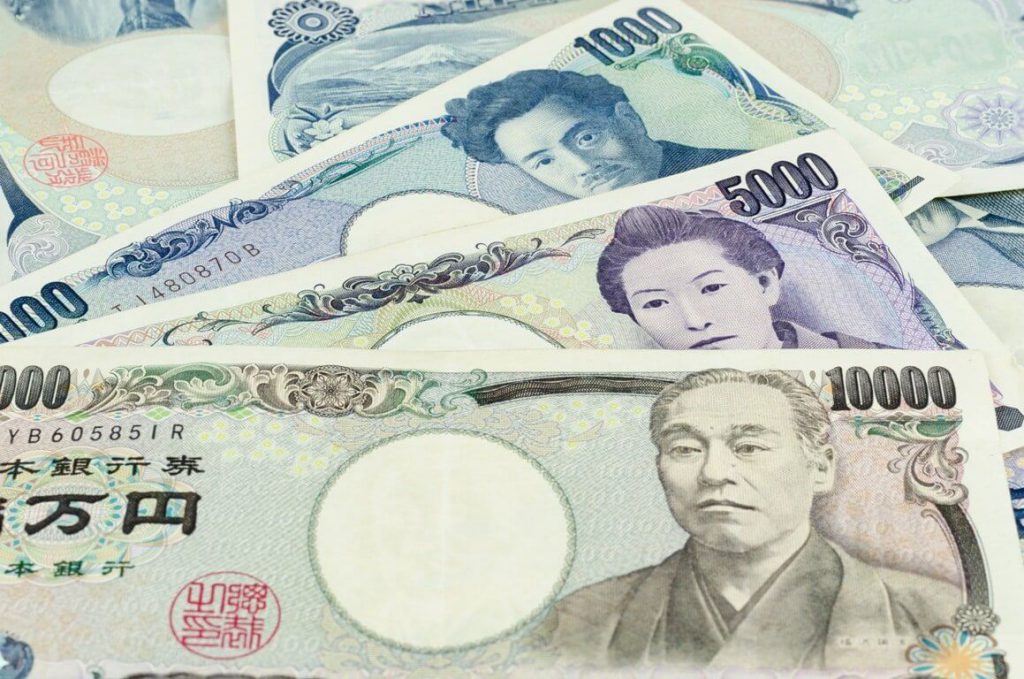
The Japanese yen plunged while the Swiss franc continued rallying
The Japanese yen fell by 2% on Friday after the Bank of Japan decided to avoid tightening and stuck with its ultra-accommodative stance. The yen’s decline added to soaring volatility in forex markets that was hit by a series of rate increases this week.
Meanwhile, the Swiss National Bank’s unexpected decision to hike rates by 0.5% continued to reverberate through currency markets. The euro dropped by half a percent, but the franc is heading back towards two-month highs reached immediately after Thursday’s announcement. FX markets are currently facing the biggest run of monetary policy tightening for decades. In addition, they have to contend with a massive drop in risk sentiment that has caused equity markets to collapse.
On Friday, the Australian dollar shaved off 0.7%, trading just under $0.70. Stock markets in Asia plunged after big falls on Wall Street on Thursday. The Aussie is very sensitive to the broad global investment mood, and negative reports pushed it into the deep red.
On the other hand, the U.S. dollar rallied from a one-week low against major peers. Before that, the currency had experienced a two-day drop after the Federal Reserve’s mid-week rate hike. The latter did not exceed traders’ expectations despite being the biggest since 1995.
What do the experts think about the BOJ’s decision?
Against the Japanese yen, the dollar gained more than 2% to 134.92 yen in the aftermath of the volatility caused by the BOJ’s decision. The Japanese currency had plunged to a 24-year low of 135.6 per greenback on Wednesday. Citi analyst Naveen Nair noted that the bank disappointed investors by keeping all policy settings unchanged.
On Friday, the BOJ promised to defend its bond yield cap of 0.25% with unlimited buying. However, according to Nair, Forex markets were holding some hope for the bank’s capitulation, especially with Japanese government bond yields trading above the BOJ’s yield cap earlier. Refinitiv data shows that the 10-year Japanese bond yield stood at 0.225% at last.
The euro also declined by 0.4% to $1.0515, but it still remained above levels reached on Thursday. The common currency tumbled down by 0.4% against the Swiss franc at 1.0152 francs per euro. The franc skyrocketed to a two-month high on Thursday after the rate increase. In addition, investors thought that the SNB would not try to stop a strengthening franc as it has in the past, further supporting the currency. Giving up some of its earlier gains, the greenback lost 0.1% to 0.9656 francs after dropping the most in seven years overnight.
The dollar index jumped by 0.5% to 104.38 against a basket of six rivals on Friday, though. U.S. long-term yields remained little changed after plummeting sharply due to the Fed meeting results on Wednesday.
Strategists at UBS’s Global Wealth Management’s Chief Investment Office noted that the surprise rate hike in Switzerland would help to limit USD strength around current levels. The European Central Bank’s statement that it is working on a tool to prevent the fragmentation of the European bond markets, with also aid that cause.
How is the British Pound faring?
The Sterling declined by 0.5% to $1.2292, losing some of its 1.43% gains overnight. The Bank of England decided to increase rates again. There was also a hawkish signal about future policy action.
Moreover, the Brazilian real plummeted on Friday against a firm greenback, tracking its third weekly decline. Colombia’s peso also fell ahead of a presidential vote. Overall, the peso decreased by 0.2% as Colombians geared up to vote for their next president on Sunday. They will choose between leftist Gustavo Petro and business magnate Rodolfo Hernandez. Strategists at Citi noted that Sunday’s elections should be tight, though they believe Hernandez has a slight edge.
The peso surged forward by 0.7% for the week, while Peru’s sol has gained 1.4%. They are the only two major Latin American currencies that are trading higher on a weekly basis.
Emerging markets have been under pressure due to aggressive monetary tightening in developed world economies. Traders also worried about whether such hefty rate increases could push the U.S. economy into a recession. Besides, China, the world’s second-largest economy, had to reimpose strict lockdown measures because of the Covid-19. Overall, the Brazilian real tumbled down by 1.8%, leading other declines among other Latin American currencies.


